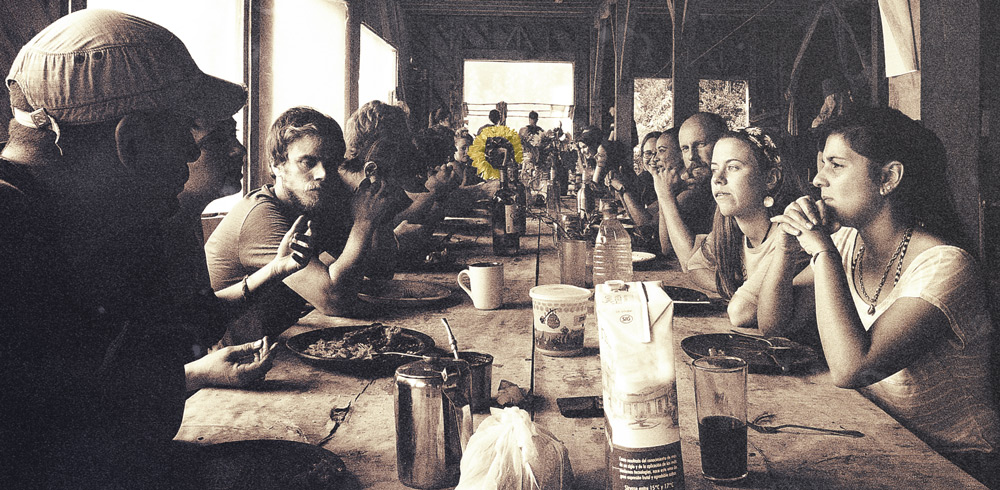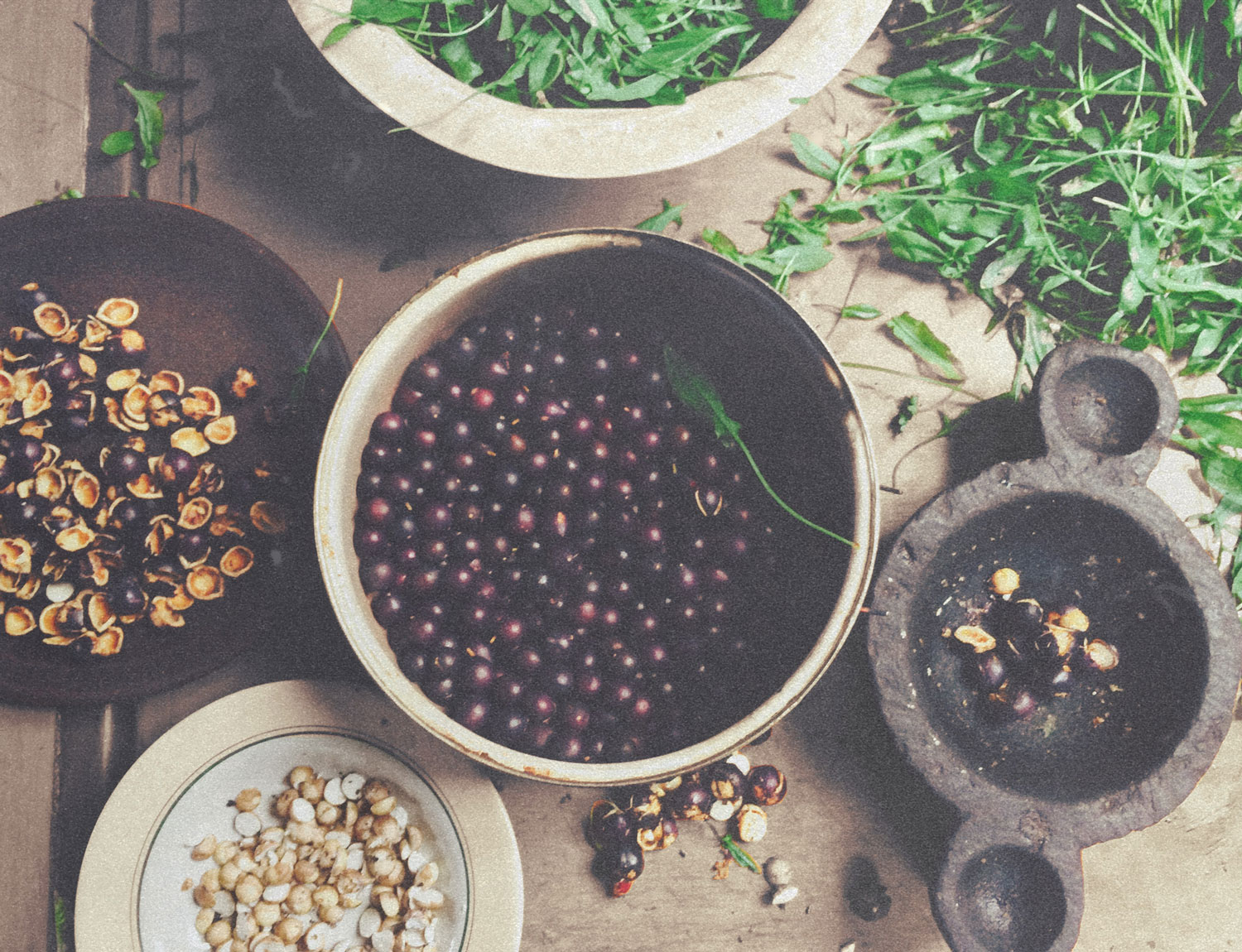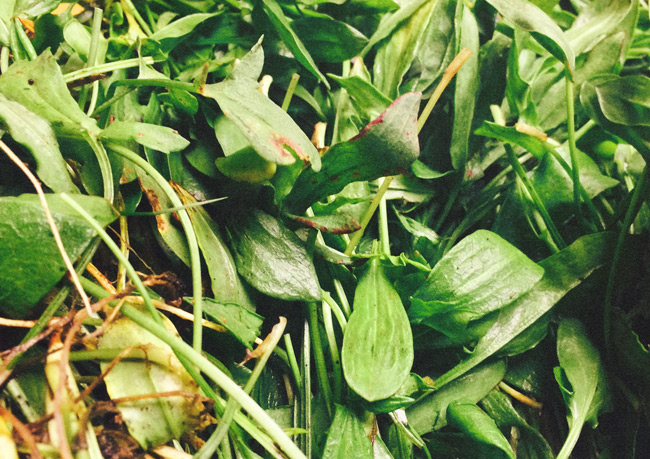Food Forest
In Spring 2017 I joined a team, under the mentorship of Ricardo Dosel bosquesdisfrutables.com, to establish a test site for a 6 hectare forest garden a.k.a food forest at Rupanco Farm, Chile.
Rupanco Farm ‘are establishing the foundations for a sustainable ecosystem in which people can discover and experience the benefits of human reintegration with nature. Moving from conventional agricultural practices to mimic those that nature intended is foremost, followed by the development of a learning center to instill environmental awareness and life skills to upcoming generations. Our mission is to offer the world a working model for community living that enhances quality of life, stimulates continued learning and ensures sustained wellbeing. We create a highly cooperative environment in which people feel inspired to learn, create, share, or simply be still. Together we aim to create and support conscious living, self-awareness, and personal growth.’
After initial research and workshopping ideas a test site for the food forest was developed to observe and interact with the land on a smaller scale. We felt this a necessary prerequisite before a major investment of time, money and resources was spent on the full 6 hectare area.
The design utilised a natural forest glade allowing sunlight to penetrate and air to flow. Over the course of a month we planted many native, edible perennial species including Maqui (Aristotelia chilensis), Chilco (Fuchsia magellanica), and Murta (Ugni molinae) mixed with dynamic accumulators such as Peppermint (Mentha piperita).
This test site will connect people with the forest by supplying them with food and natural materials whilst ensuring the knowledge of native plant guilds are tangible for visitors to experience. It will continue to grow with very little maintenance and be a vital habitat for wildlife. Observations and learning from this test site will feed into the bigger 6 hectare plan.
During my stay I was constantly aware that people were not eating from the land in the present. All the food cooked and served at Rupanco was bought in the nearest town (some 2 hours drive away) and consisted mostly of carbohydrates as they stored well.
There were wild, edible, perennials growing in abundance on the land so I initiated a gathering and we prepared a feast for a group of 50 hardworking volunteers to demonstrate what would be coming in even greater diversity.
The resulting shared meal consisted of a wild sorrel pesto, hand ground with chilean hazelnuts served with black pinto beans and toasted flat breads. There was a juicy blackberry crumble for desert (it was Chilean autumn). We sat at long wooden tables decorated with rescued sunflowers that had blown down in a storm. All this was cooked on a wood fired range with logs sourced responsibly from the land.
Before the meal I gave a short talk about the work we had been doing to shape the land into a productive, edible ecosystem. This connection with the food we were eating, the physical work we had all been undertaking and the long term goals of the farm helped to solidify the vision of Rupanco.







